
Biomedical research and drug discovery have long been constrained by labor-intensive processes. In order to kick-off a drug discovery campaign, researchers typically comb through numerous scientific papers for details about known protein targets and small molecule pairs. Reading��and deeply comprehending��a single paper takes one to six hours, while summarizing findings without AI assistance��
]]>
Researchers, using AI to analyze routine brain scans, have discovered a promising new method to reliably identify a common but hard-to-detect precursor of many strokes. In a study published in the journal Cerebrovascular Diseases, scientists from the Royal Melbourne Hospital described a new AI model that could one day prevent at-risk patients from becoming stroke victims.
]]>
The Das Lab at Stanford is revolutionizing RNA folding research with a unique approach that leverages community involvement and accelerated computing. With the support of NVIDIA DGX Cloud through the NAIRR Pilot program, the lab gained access to 32 NVIDIA A100 DGX Cloud nodes with eight GPUs each for three months, enabling the team to transition from small-scale experiments to large-scale��
]]>
AI has proven to be a force multiplier, helping to create a future where scientists can design entirely new materials, while engineers seamlessly transform these designs into production plans��all without ever setting foot in a lab. As AI continues to redefine the boundaries of innovation, this once elusive vision is now more within reach. Recognizing this paradigm shift��
]]>
The newly unveiled Llama 3.1 collection of 8B, 70B, and 405B large language models (LLMs) is narrowing the gap between proprietary and open-source models. Their open nature is attracting more developers and enterprises to integrate these models into their AI applications. These models excel at various tasks including content generation, coding, and deep reasoning, and can be used to power��
]]>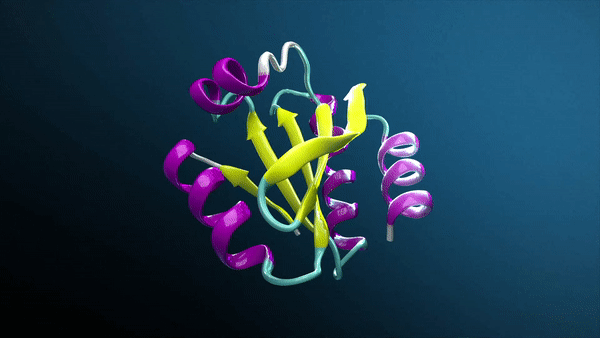
NVIDIA BioNeMo Framework has been released and is now generally available to download on NGC, enabling researchers to build and deploy generative AI, large language models (LLMs), and foundation models in drug discovery applications. The BioNeMo platform includes managed services, API endpoints, and training frameworks to simplify, accelerate, and scale generative AI for drug discovery.
]]>
Generative AI is primed to transform the world��s industries and to solve today��s most important challenges. To enable enterprises to take advantage of the possibilities with generative AI, NVIDIA has launched NVIDIA AI Foundations and the NVIDIA NeMo framework, powered by NVIDIA DGX Cloud. NVIDIA AI Foundations are a family of cloud services that provide enterprises with a simplified��
]]>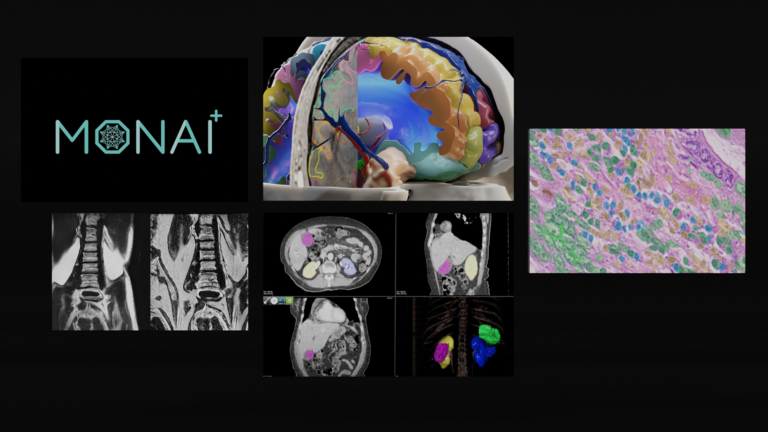
MONAI, the domain-specific, open-source medical imaging AI framework that drives research breakthroughs and accelerates AI into clinical impact, has now been downloaded by over 1M data scientists, developers, researchers, and clinicians. The 1M mark represents a major milestone for the medical open network for AI, which has powered numerous research breakthroughs and introduced new developer tools��
]]>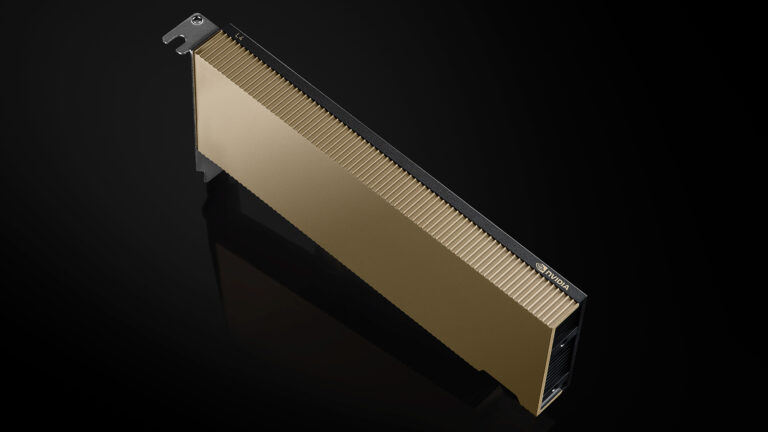
NVIDIA T4 was introduced 4 years ago as a universal GPU for use in mainstream servers. T4 GPUs achieved widespread adoption and are now the highest-volume NVIDIA data center GPU. T4 GPUs were deployed into use cases for AI inference, cloud gaming, video, and visual computing. At the NVIDIA GTC 2023 keynote, NVIDIA introduced several inference platforms for AI workloads��
]]>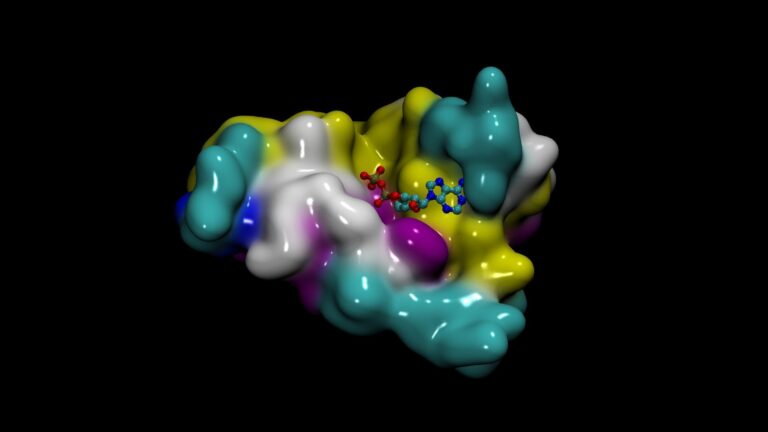
Creating new drug candidates is a heroic endeavor, often taking over 10 years to bring a drug to market. New supercomputing-scale large language models (LLMs) that understand biology and chemistry text are helping scientists understand proteins, small molecules, DNA, and biomedical text. These state-of-the-art AI models help generate de novo proteins and molecules and predict the 3D��
]]>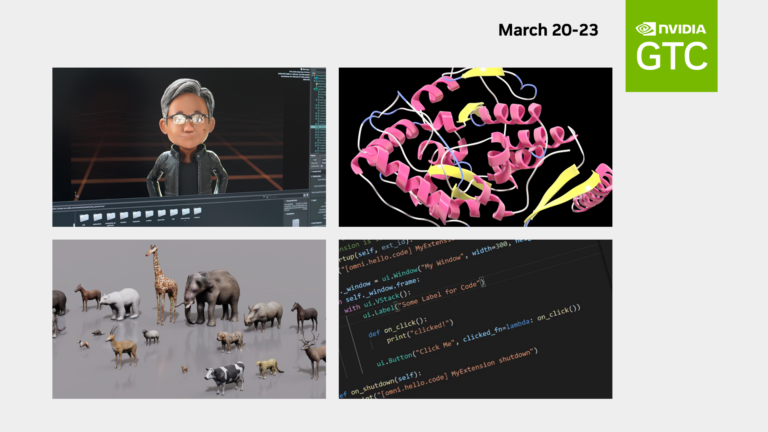
See how recent breakthroughs in generative AI are transforming media, content creation, personalized experiences, and more.
]]>